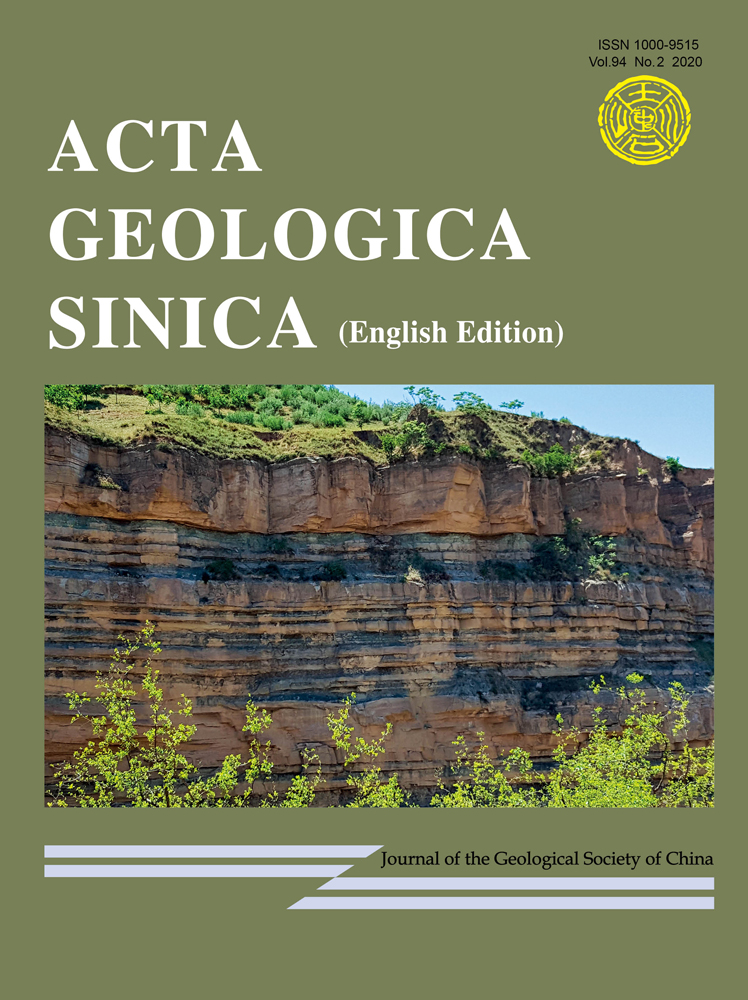Distribution Features of the Nanhua-Sinian Rifts and their Significance to Hydrocarbon Accumulation in the Tarim Basin
About the first author:
BAI Zhongkai, male, born in 1979 in Shangqiu City, Henan Province; Doctor; Senior engineer; graduated from China University of Petroleum (Beijing) in 2009. He is now mainly engaged in the basic geological survey of oil and gas. Email: [email protected]; phone: 010-64998663.
About the corresponding author:
ZHOU Xingui, male, born in 1966 in Loudi City, Hunan Province; Doctor; Professor; graduated from China University of Geosciences (Beijing) in 2004. He is now mainly engaged in the basic geological survey of oil and gas. Email: [email protected]; phone: 010-64697516.
Abstract
On the basis of reprocessing 34 new two-dimensional spliced long sections (20,191 km) in the Tarim Basin, the deep structure features of the Tarim Basin were analyzed through interpreting 30,451 km of two-dimensional seismic data and compiling basic maps. Seismic interpretation and geological analysis conclude that the Nanhua-Sinian strata are a set of rift-depression depositional systems according to their tectonic and depositional features. The rift valley formed in the Nanhua Period, and the transformation became weaker during the late Sinian Period, which eventually turned into depression. From bottom to top, the deposited strata include mafic igneous, tillite, mudstone, and dolomite. Three major depocenters developed inside this basin during the rift stage and are distributed in the eastern Tarim Basin, the Awati area, and the southwestern Tarim Basin. Among them, the rift in the eastern Tarim Basin strikes in the near east-west direction on the plane and coincides with the aeromagnetic anomaly belt. This represents a strong magnetic zone formed by upwelling basic volcanic rock along high, steep normal faults of the Nanhua Period. Controlled by the tectonic background, two types of sedimentary systems were developed in the rift stage and depression stage, showing two types of sequence features in the Sinian depositional stage. The Nanhua System appears as a wedge-shaped formation, with its bottom in unconformable contact with the base. The rifting event has a strong influence on the current tectonic units in the Tarim Basin, and affects the distribution of source rock in the Yuertus Formation and reservoir beds in the Xiaoerbulake Formation in Lower Cambrian, as well as the gypseous cap rock in Middle Cambrian. The distribution features of the rifts have important and realistic significance for determining the direction of oil and gas exploration in the deep strata of the Tarim Basin. Comprehensive analysis suggests that the Tazhong region is the most favorable zone, and the Kalpin-Bachu region is the optimal potential zone for exploring sub-salt oil and gas in deep Cambrian strata.




